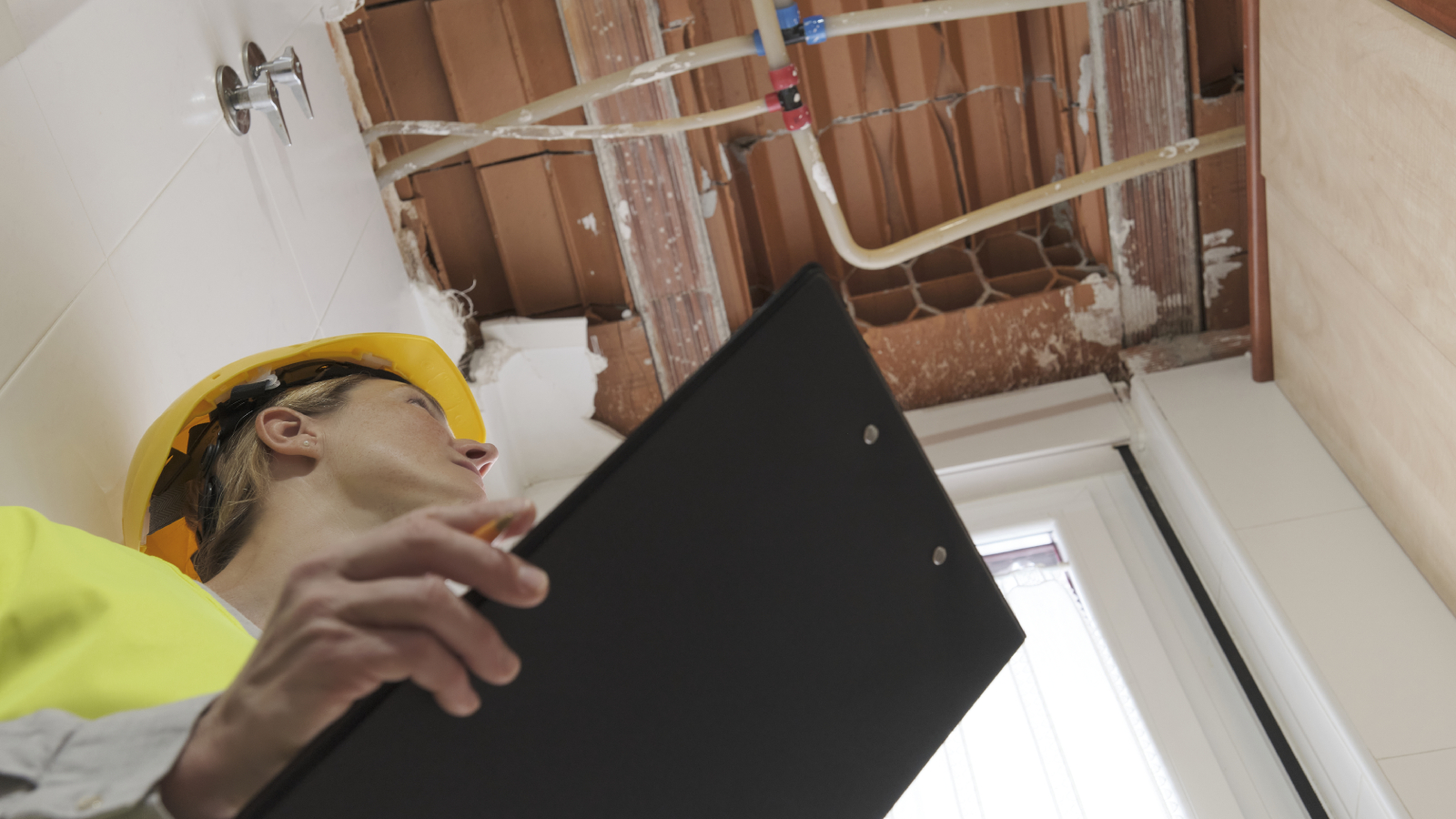Grand Designs Lighthouse runs into more problems as collapsing driveway forces reduction in asking price
The infamous Grand Designs lighthouse-inspired home has seen its asking price almost half in price from £10m to £5.25m after major cracks were discovered in the driveway
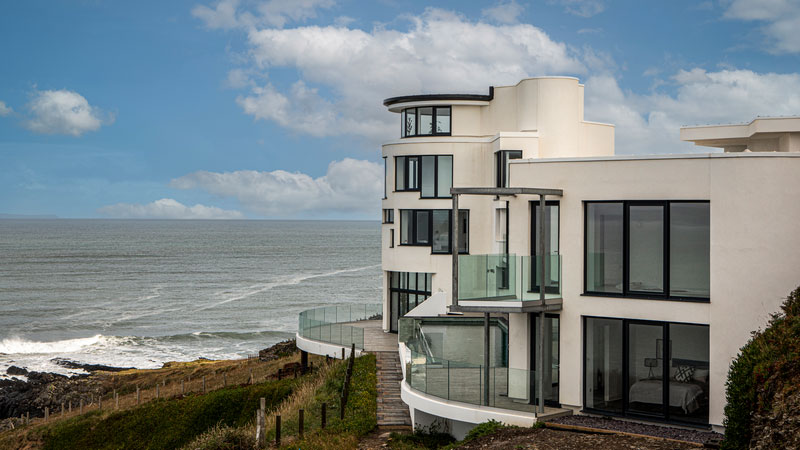
The Grand Designs Lighthouse has seen a price reduction from £10 million to £5.25 million after it was discovered the driveway was collapsing.
Chesil Cliff House gained fame as the focal point of the "saddest ever" episode of Grand Design's history after the self build in Devon, which took more than 10 years to complete, caused its owners Edward and his wife Hazel to separate after leaving them in massive debt.
The home was then split in two after the couple struggled to find a buyer but has now been almost halved in price after major structural problems were discovered in the driveway that rendered it unsafe to use and in need of repair.
Collapsing driveway forces sales to fall through
It emerged that the Lighthouse's driveway, which was built back in the 1960s, was collapsing and was preventing the sale of the property. This forced Edward to reduce the price of the property by almost half to finally sell the property.
He explained: "We built a driveway to the new house but there was an older one, possibly built in the 1960s, that goes down to the smaller house, The Eye.
"The edge of it is collapsing so it's no longer safe to use. That is reflected in the price drop."
However, in an attempt to raise the price of the property Edward is planning on fixing the driveway himself by borrowing £2 million, despite the property already plunging himself into millions of debt.
Bring your dream home to life with expert advice, how to guides and design inspiration. Sign up for our newsletter and get two free tickets to a Homebuilding & Renovating Show near you.
He added: "Everything's fixable and I believe I can raise funds to build a better entrance where you can park cars and still drive left to The Eye or right to the house. It's an opportunity to really improve it."
Build nearly bankrupted couple and led to divorce
The home featured on Grand Designs where host Kevin McCloud visited the lighthouse-inspired property that took more than 10 years to complete, and said he doubted he'd see another project like it.
McCloud met up with Edward Short who spent 12 years transforming Chesil Cliff House in North Devon into what McCloud described as an "extraordinary achievement".
Taking on a self build or renovation isn’t easy at the best of times, but the journey behind this lighthouse-inspired property was especially turbulent. The renovation was intended to be a home for Edward and his wife, Hazel, and their two daughters. The couple planned to complete the project in just 18 months with a budget of £1.8m.
But in 2019, when the property first appeared on Grand Designs, viewers learned that Edward and Hazel had split, leaving them millions of pounds in debt. This meant that the building was left idle for years, before work finally resumed in 2020, with Edward completing what he had started earlier this year.
While Edward managed to finance the project to completion, he was not able to live in the house, eventually putting the property up for sale for £10 million, before reducing this asking price.
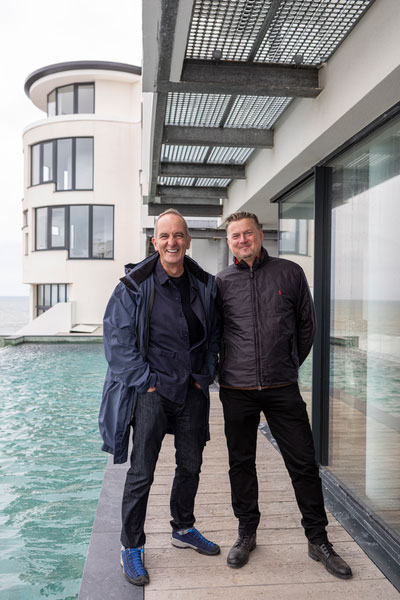
McCloud's 'mixed emotions' when finally finished
Edward and his family were dangerously close to bankruptcy during the project.
Edward even built the three-bedroom studio annexe called The Eye midway through the lighthouse build to borrow against to help fund building work. But he was left trapped when his contingency ran out with the lighthouse far from completion, and his estate agent advised him that he would not be able to sell The Eye due to the nearby building site of the unfinished lighthouse.
After building work was halted for years, Edward was eventually able to finance the remaining renovations. He and Hazel both now have new partners, although they are on good terms.
And McCloud admitted the sad history behind the project "produced a lot of mixed emotions" when he returned to Chesil Cliff House to behold the completed build.
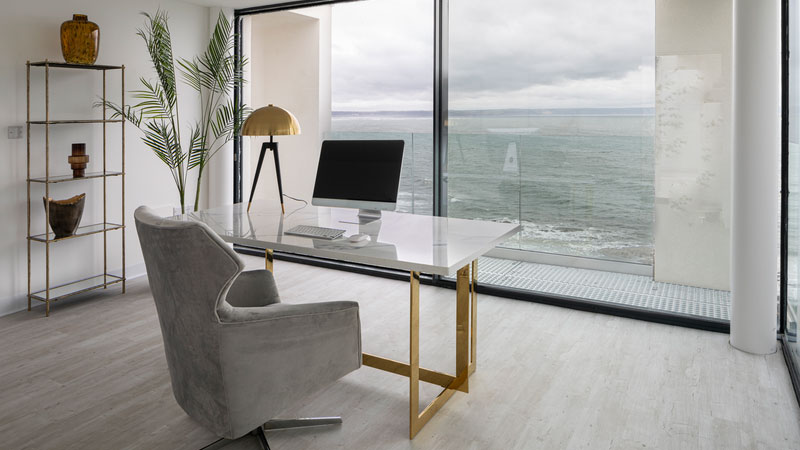
Chesil Cliff House has a tower and infinity pool
Chesil Cliff House gives panoramic views of Croyde Bay, and features a four-story tower, five bedrooms and bathrooms, four reception rooms, a sauna, a cellar, a cinema and a 60ft infinity pool.
It has a cantilevered bridge which provides the driveway down to the garage, and the site contains three acres of grounds including a private beach cove. Then there's The Eye, which has far-reaching sea views and a striking architectural design.
“That is superb,” said McCloud, seeing the finished rotunda of the lighthouse for the first time. “Where once there was slouched a barnacle of botched ambition, there now stands a defiant monument to perseverance."
Walking through the access point, McCloud added: “Everything here is epic. Epic architecture, epic rock face, epic motorway flyover. I’m not sure I’ll ever get to see a project like this again.”
This view is shared by Knight Frank, which described Chesil Cliff House as "one of the UK’s most spectacular coastal homes", featuring an "ingenious design [that] has been meticulously brought to life through impressive engineering that ensures the house is anchored to the bed rock, and using the finest quality materials".
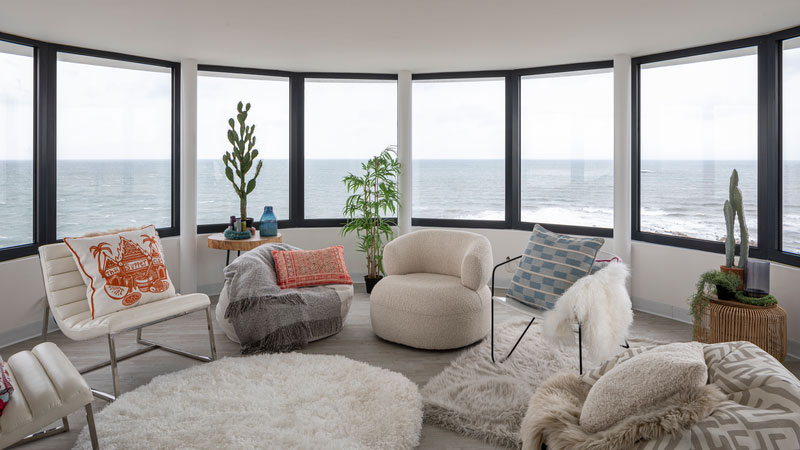
Build cost of £6m but it was never lived in
Having began with a budget of £1.8m, Edward revealed that the total cost of both projects ended up somewhere between £5.5m and £6m. And his accrued debt means he will be unable to live in the lighthouse.
When asked by McCloud, "was it worth it?", Edward replied, “The disaster for me would have been not to have finished it.”
McCloud said he was mystified that Edward had been been able to finish building the 'Bond villain's lair', and deemed it a "truly extraordinary achievement".
The home also features on our list of Grand Designs' best houses due to its extraordinary design and features.


News Editor Joseph has previously written for Today’s Media and Chambers & Partners, focusing on news for conveyancers and industry professionals. Joseph has just started his own self build project, building his own home on his family’s farm with planning permission for a timber frame, three-bedroom house in a one-acre field. The foundation work has already begun and he hopes to have the home built in the next year. Prior to this he renovated his family's home as well as doing several DIY projects, including installing a shower, building sheds, and livestock fences and shelters for the farm’s animals. Outside of homebuilding, Joseph loves rugby and has written for Rugby World, the world’s largest rugby magazine.
